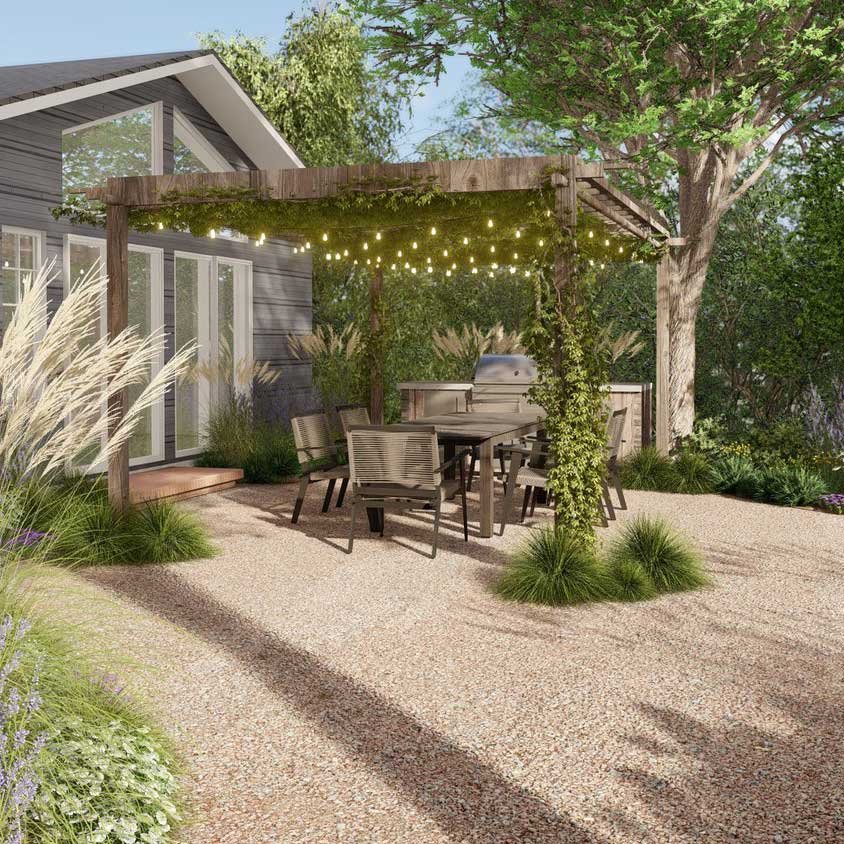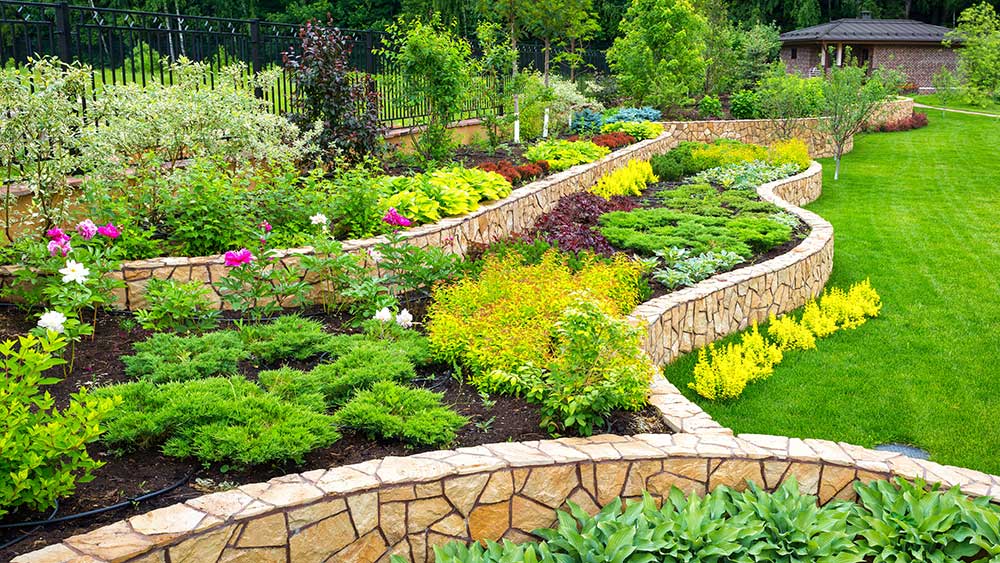Everything about Landscapers
Everything about Landscapers
Blog Article
Not known Details About Landscapers
Table of ContentsSome Known Factual Statements About Landscapers The Only Guide to LandscapersSome Known Details About Landscapers See This Report on LandscapersGet This Report about LandscapersThe Basic Principles Of Landscapers
- A garden attribute where water is represented by an accumulated rock item, typically a gravel or granite. These are most generally found in contemporary and Japanese garden design.- A stone or natural flagstone patio area, path, or pathway developed without a concrete base. The base would be compacted crushed rock and the joints would be an aggregate or walkable ground cover. - A stone preserving or totally free standing wall surface built without the use of mortar. A very knowledgeable mason is required for a completely dry pile rock wall surface. Most walls in Rose city are not dry stacked, also if they show up to be. - An underground framework that gather water and permits it to reduce percolate into the soil around it.
Landscape layout that is suitable with a websites' atmosphere in both look and sustainability without adverse effects to the atmosphere. Interrupting the landscape is a line of demarcation that produces visual passion in the yard by dividing one section from another sector. This can be aesthetic or practical, keeping one element (such as pea gravel) from obtaining blended into an additional (like bark dust).
Areas can additionally have a sensation of "room" supplied by trees, various other growings, fencings, or screens. The landscape near the entrance to a building.
The Ultimate Guide To Landscapers

The component in a landscape style or location in a landscape that is indicated to be most prominent. The focal factor can be a plant, rock, statuary, gathering room, or other landscape attribute.

The 30-Second Trick For Landscapers
Low plants that are permitted or motivated to spread over a location. Can refer to any type of "hard" yard components including statuary or rocks however many generally is utilized to refer to courses, outdoor patios, and walls - Landscapers.: Height difference between the degree of water in a pond (or the degree of the pump if it sits outside the fish pond) and the upper electrical outlet of water which affects efficiency of the water pump in gph (gallons per hour).
A chemical used to manage weeds. Fencing boards that run horizontally, commonly used in modern-day or Japanese-inspired landscape designs. Lines that define rooms within a landscape concept. These commonly expand from corners or key functions of an existing framework. Proper use of imaginary lines can assist the landscape really feel attached to the home and other elements.
A more loosened up garden controlled by bent rather than straight bed lines and a less stiff structure. Conventional PNW landscapes are casual. A plant that spreads out greater than wanted, or into environments where it does damages. Rose city has a checklist of intrusive plants that must not be mounted in landscapes due to the fact that they can spread out to forests or waterways and be challenging to control.
8 Easy Facts About Landscapers Explained
Can include head positionings and insurance coverage, pipeline sizing, GPM specifications, and materials needed to mount this system. Certified expert that creates landscapes, coached in engineering and design as well as in gardening.
Landscape developers commonly have less schooling than Landscape Architects and are not accredited. A finished landscape layout, detailing all aspects for the new landscape.
Making use of many growings of the very same selection to fill in a location in the landscape. This can lower upkeep and water usage in the yard.
A mix of cement, sand, and water that is utilized in rock stonework for setting stones and joints. A layer Click This Link of compost or bark dirt applied at the base of a plant. A mass growing of moss. A plant that was existing in a geographic place prior to people began changing the landscape.
The Only Guide to Landscapers
Just how the garden or a yard component is organized in connection to an existing or brand-new feature or to a direction. Yards that are not trimmed but grown in landscapes over at this website as perennials.

Plants that provide seasonal passion and then die back in the wintertime. Cold season lawn that is the most common turf yard in Portland, OR and the rest of the PNW.An open roofed structure over find more information a patio or other landscape feature.
Basalt aggregate ranging in dimension from 1/4" down to dirt. The most usual landscape crushed rock in the PNW. Area of the landscape developed to take care of rainfall water till it can soak right into the ground. A chain that regulates water as it takes a trip from a roofing system rain gutter to the ground. Garden framework that develops a growing area that is had and greater than the surrounding quality.
Creating a yard feature being composed mostly of stones with growings that match and can flourish in the rocky setting. Sprinkler head design that rotates a stream of water throughout an area.
The Best Strategy To Use For Landscapers

Report this page